Posts
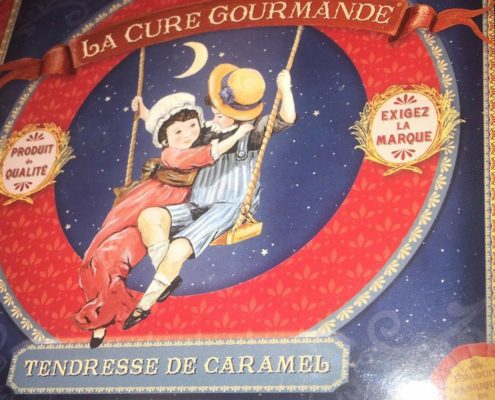
Gourmand Perfumes
Gourmand perfumes are relatively new in the entire fragrance world, they have become the primary choice in the cooler seasons, especially when we want to snuggle up to autumn fragrances during the transition from summer to fall. They are delicious, seductive, as well as warm, and may come in various facets ranging from foodies to spices to florals. Just like a well-equipped kitchen, the composition range is not limited.
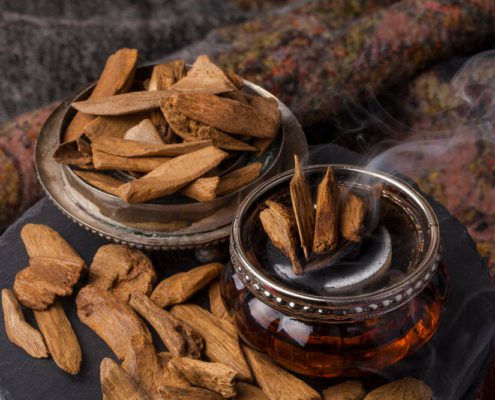
What is so special about Oud?
It’s not the price of oud that makes it so unique and sets it apart in the entire natural perfume industry, but the factors involved in heightening the prices. Do you want to know what is so special about oud? - Please keep reading.
In…
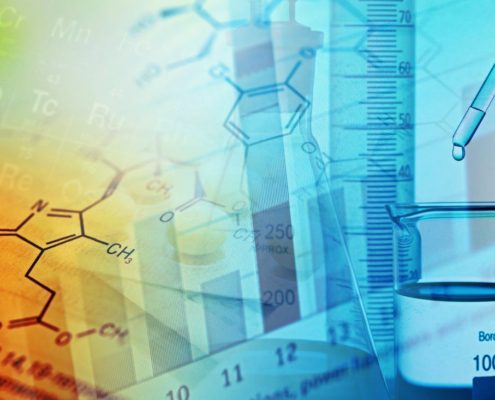
Natural isolates in perfumery
While isolates provide huge opportunities for perfumers to show up their creativity in an extreme extended manner, they might be a concern for perfume users if not created following really natural means.
The term “natural isolates” became…

Leathery Perfumes
In perfumery, there is no leather essential oil or a natural essence of leather. Perfumers compose a leather accord using various materials such as castoreum, birch tar, juniper, oud, labdanum, styrax, tobacco, benzoin, or, unfortunately, other man-made synthetic molecules like aldehydes to impart a leather-like scent to perfumes.

Danger of musk ketone in perfumes
Musk ketone is widely used as a synthetic alternative to natural musks and is extensively found in various consumer products such as perfumes, cosmetics, soaps, lotions, sprays, and detergents. Studies have revealed a number of dangers of…
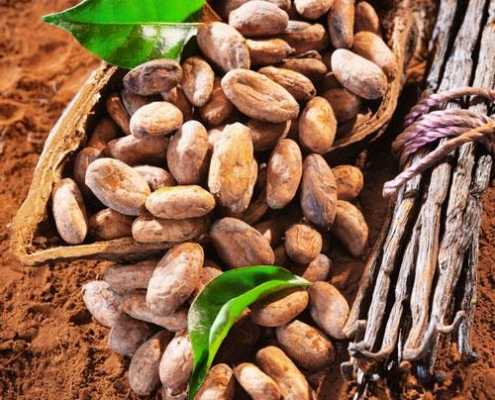
Vanilla Perfume: Properties, Extraction, and History
Vanilla exerts a sweet, warm, creamy, comforting, yet also slightly evocative scent. It represents an intertwined feeling of voraciousness and relaxation that has a distinct complexity of pleasure. It is both fresh as well as nostalgic, relaxing yet invigorating, just like magic in its kind that is universally pleasant and enjoyable.
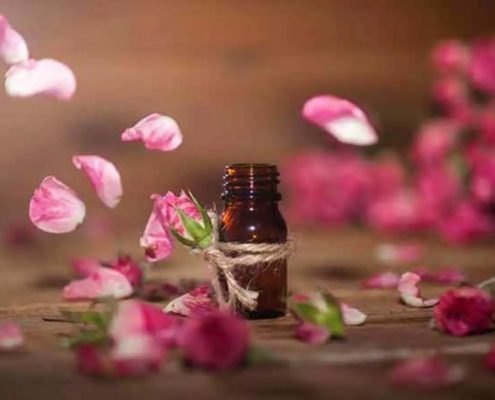
Which Fragrance is Good for Meditation?
The practice of meditation needs to have an atmosphere that can promote a feeling of calmness and relaxation. Certain scents have an incredible ability to enhance the sense of relaxation and serenity that can help transform the body and mind during meditation. For this reason, regular meditators are looking for fragrances that can help enhance their meditative experience. But with the overwhelming availability of fragrances in the market, it’s challenging to determine which fragrance is good for meditation.
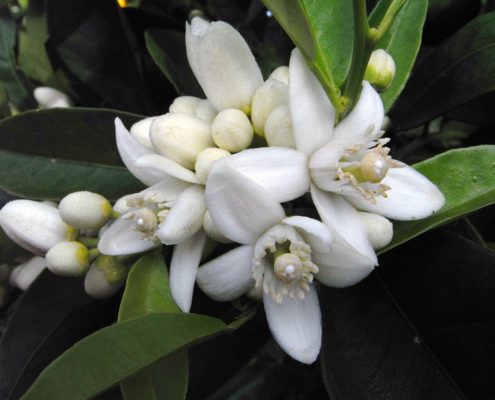
Neroli Perfume – Properties, Distillation, and History
Neroli perfume represents a surprising harmony of citrus and floral with unique hints of spices and honey although delicate, distinctive, and utterly refreshing. Neroli is one of the most widely used ingredients in natural perfumery. It tells a unique story, not only about each person who wears it but also about the long history of perfume.

Oud Attar
The exquisite and complex scent of oud is intriguing and rare, and certainly, a precious gift of nature that is able to create a unique olfactory experience that evokes a sense of majesty, opulence, and supreme luxury. Oud is derived from agarwood, the resinous dark heartwood of a rare tropical tree called aquilaria native to the dense forest areas of India and some other parts of Southeast Asia.
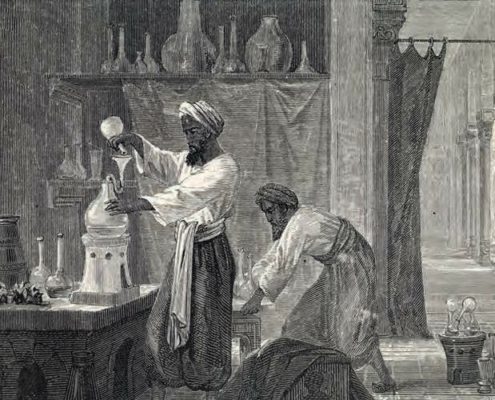
History of Perfume
Different cultures around the world prepared and used perfumes in many different interesting ways throughout history. Perfumes were expensive and used by the upper classes to distinguish their nobility. Perfume originated from Western Asia and was further refined by the Arabs, Persians, and Romans and eventually reached the West.
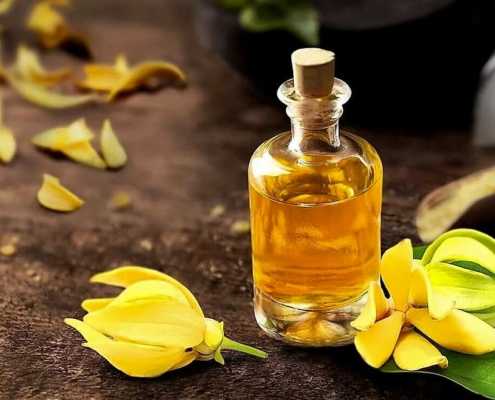
Ylang-ylang – Properties, Distillation, and History
Ylang-ylang oil has strong anti-inflammatory, antifungal, and antibacterial properties. These actions help alleviate fungal infections and symptoms of malaria.
Ylang-ylang has long been used for a range of therapeutic purposes. Modern scientific research has also substantiated many traditional benefits.
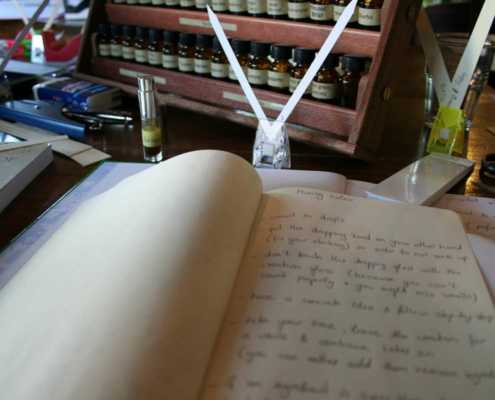
Custom Perfume – Your signature scent
Have you ever dreamt of wearing a perfume that is composed only for you entirely on your bespoke request and nobody else wears? If yes, then a custom perfume is the only solution that provides you advantages to compose your distinct signature…

The Art of Perfumery – History and spirituality
Perfumes have been closely linked with human civilizations for thousands of years and the art of perfumery is continuously evolving over time since its origin. In ancient times they were associated with various aspects of life including spiritual,…
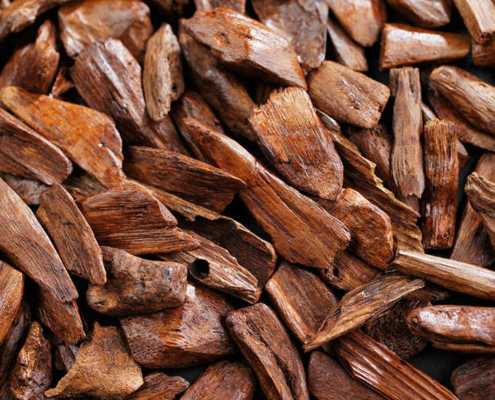
How Oud Perfume is made
Only a mature fungal infection can produce high-quality agarwood and trees that are more than 50 years old have the desirable ability to produce superior quality agarwood. Even though the infection occurs in a tree as early as 5 to 6 years of age, it takes around 10 years in total to produce good quality agarwood. Besides, many countries consider these old wild trees as threatened species.
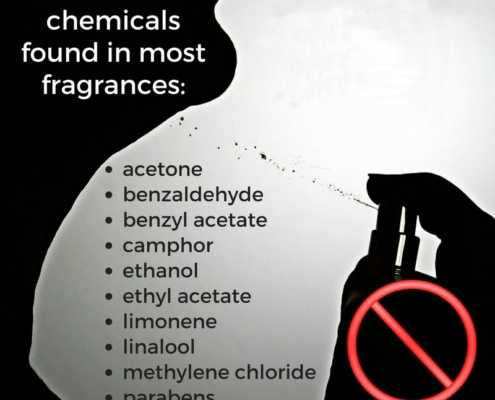
Toxic Chemicals in Perfumes
The sense of smell is closely linked to our feelings and emotions. A specific perfume may remind you of your best moment in life, or the scent of warm yummy spices may remind your feeling with your favorite holiday baking. If you ask your…
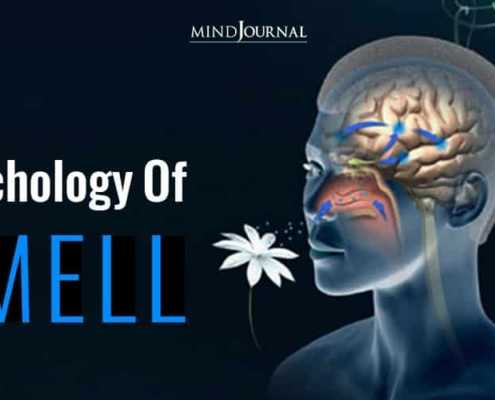
Olfactory Psychology
Olfactory psychology refers to the science that describes the effects of smells on the human psyche and nervous system, playing an important role in activating the endocrine system. It involves multiple psychological factors such as emotion, mood, memory, and behavior. Scents have been found closely intertwined with emotion and memory.

Botanical Perfumery
Botanical perfumery is the art of blending fragrance ingredients of botanical origin such as roots, flowers, seeds, resins, and gums to prepare aesthetically pleasing herbal fragrances. In Medieval Europe, fragrant botanical oils became popular for wellbeing and healing, which meant that the professions of physicians or apothecaries and perfumers became closely intertwined.
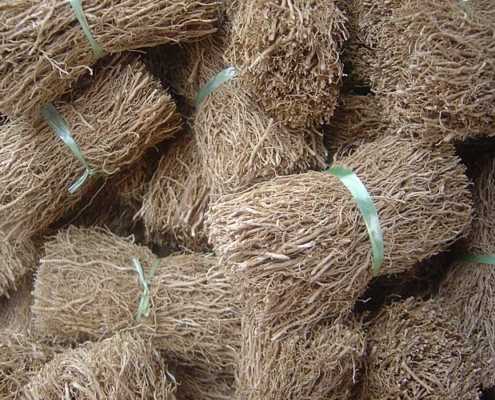
Vetiver Perfume: Properties, Distillation, and History
Vetiver oil acts as a natural antioxidant that may help reduce a wide range of inflammations. It also shows antiseptic actions that can help eliminate and inhibit the growth of invasive bacteria.
The vetiver oil is also used in messages to improve circulation, metabolism, and digestion. It naturally alleviates muscular aches and soothes joint stiffness and pain.

Ambergris Perfumes – History, smell and benefits
Ambergris is an animal pheromone and works well with several natural perfume oils such as oud, sandalwood, rose, and jasmine. Like all animal pheromones, it shows significant effects on hormonal activities, making it a very popular aphrodisiac for men and an infertility cure for women.
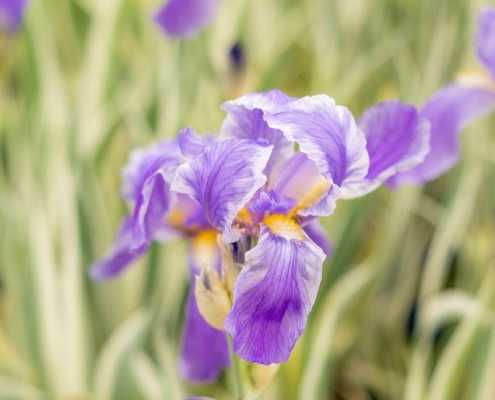
Iris Perfume – Properties, Distillation, and History
Iris perfume, also known as orris perfume, is among the most loved perfume notes for both men as well as women. Iris perfumes are made from iris butter, which is one of those legendary perfumery substances in the world – exclusively beautiful and extraordinarily expensive.
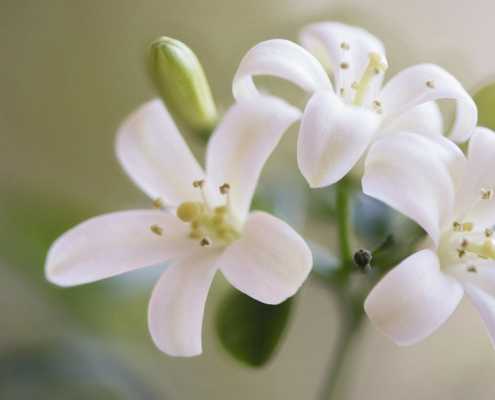
Jasmine Perfume – Properties, Distillation, and History
Jasmine perfume oil has diverse uses and benefits, making it one of the most expensive natural oils in the world. About 1 million flowers are required to produce 1 kg of jasmine absolute. Jasmine, popularly known as "the Queen of the night", helps to maintain emotional balance by promoting euphoric and peaceful feelings.
Jasmine helps to alleviate stress and anxiety without producing any sedative effects. Therefore, it’s also useful in reducing inflammatory conditions caused by emotional stress.

Natural White Musk – Ambrette
Aromatherapy uses: Essential oils derived from the ambrette seeds emanate a wonderful soft musky smell, making it very beneficial in aromatherapy.
The white musk scent of ambrette essential oil has been widely used in aromatherapy for treating anxiety, nervousness, and depression among other emotional imbalances.

Australian Sandalwood – Properties, Distillation, and History
The Australian Sandalwood is just a little bit wilder and stronger than the Mysore, which is a plus point because the Mysore qualities are fully there. The Australian Sandalwood reflects the smells of Australia's harsher and wilder land, while the Mysore exposes the softness of ancient Indian civilization. However, Australian Sandalwood is an extremely valid choice for the extinct Mysore Sandalwood, a real revivification of the unforgettable bewitching scents.
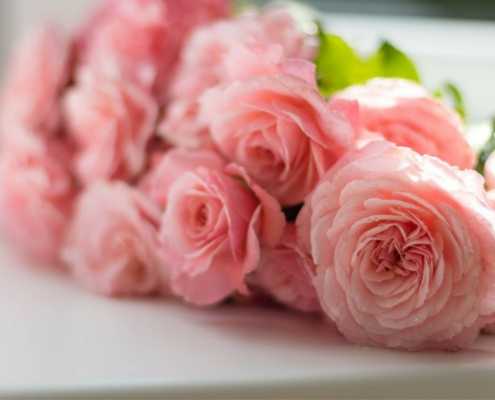
Turkish Rose – Properties, Distillation, and History
The great physician Ibn-al-Sina, commonly known as Avicenna in modern medicine, was the first scientist who emphasized the beneficial effects of rose essence on the heart and the brain. He praised rose water for its effective benefits on the mind and soul, and its tremendous benefits on brain function and cognitive power.
In India, Nur Jahan, Moghul Emperor Jahangir's wife, used to take bath in a pond filled with roses.
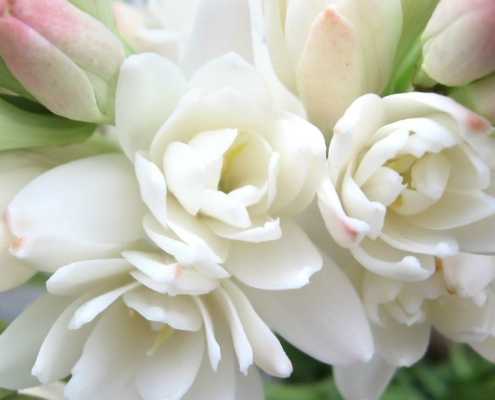
Tuberose Perfumes – Properties, Distillation, and History
During Italian Renaissance, it was prohibited for unmarried girls to walk through Tuberose gardens for their bewitching and erotic power, so they wouldn’t sink into the intoxicating scents of the flowers and men maddened by the bewitching smells. Where jasmine absolutes reveal the joy on the faces, it is said that women who exude the fragrance of Tuberose might cause mimicry recalling orgasm.
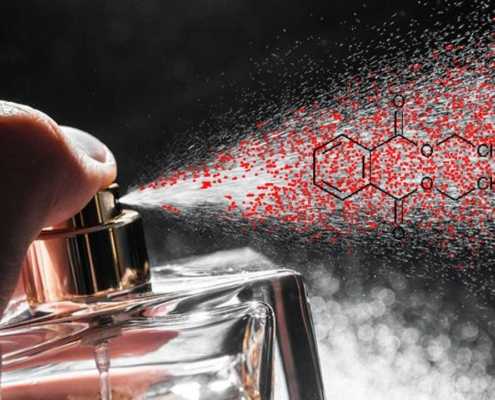
Why Phthalates in Perfumes are Dangerous?
Phthalates in Perfumes are Dangerous? Due to laws that protect perfume manufacturers from sharing "trade secrets", most perfumes sold commercially are packed with harmful chemicals that aren’t listed individually on the ingredient label.
Instead, these fatal chemicals are simply covered by the term "fragrance" – an umbrella word that could mean a variety of different ingredients and hide the actual one.
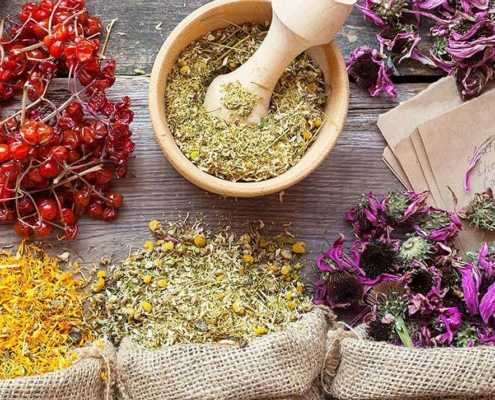
Botanical Extracts in Natural Perfumery
In recent years, with the increasing scenario of health concerns using synthetic fragrances, there has been a shift towards natural perfumes as many people seek safe and natural ingredients in their favorite perfumes. Botanical extracts are natural, safe, and perfect for enhancing the quality of perfumery products.
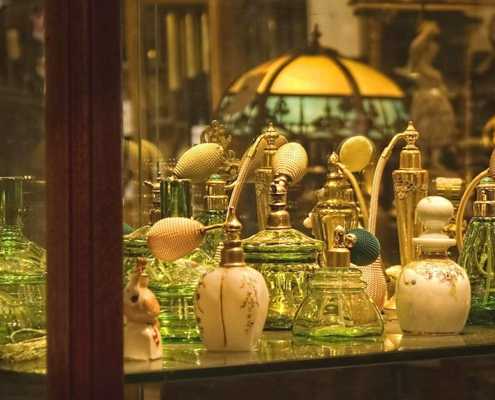
Which Niche Perfumery?
Your choice in selecting between mainstream and niche perfumery depends on how you want to wear your scents. Do you want to wear simply a famous scent? Or do you want to wear a unique scent and be remembered due to your unique smell?
If you have allergies and higher sensitivity to some substances, you’ll need to consider only natural perfumes that typically come under the group of natural niche perfumes.
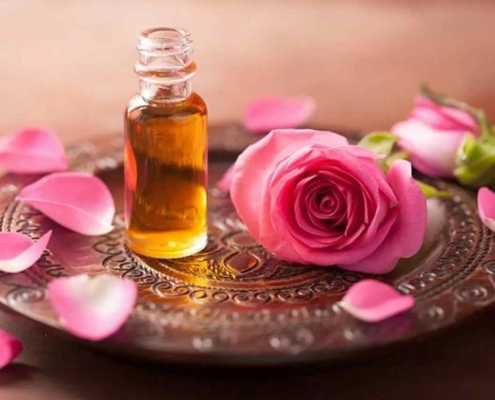
Natural Perfumes Benefits
Wearing natural perfume is one of the most traditional luxuries which has been used since ancient ages. In the early days, perfumes were made truly based on natural ingredients, and physicians used natural fragrance oils to prepare diverse types of medicines.
Aromatherapy benefits: Natural perfumes or essential oils have been used for therapeutic purposes for centuries. Most natural fragrance oils have significant healing properties that are effective in improving the body, mind, and soul.

Rose Attar
Rose Attars are typically natural essential oils derived from the petals of diverse types of roses. Rose attars are made through the steam distillation process while rose absolutes are collected through the solvent extraction process.
The absolutes are more commonly used in the perfumery industry and the techniques of production originated in Persia.
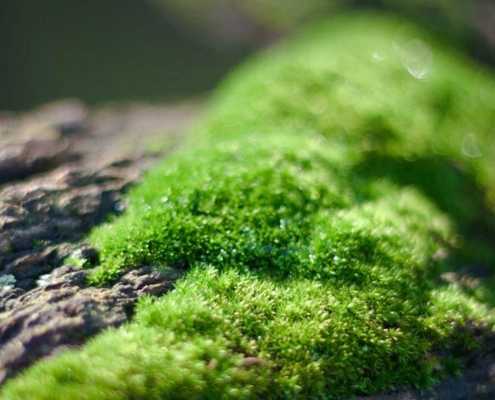
Oakmoss Perfume
Oakmoss (or oak moss) is one of the most beloved substances to perfumers around the world. It’s a type of fungi lichen that usually grows on the branches and trunks of the oak trees.
The essential oil derived from this moss primarily used in perfumery as a fixative or base note. Someone may feel its smell very strong and earthy, but to most perfume lovers oakmoss scent is unique with natural woody and leather-like undernote with no other similarities in the world.

Arabic Perfumes
Perfumery has been a cultural tradition in the Arab communities for thousands of years. Typically, Arabs are highly principled and demanding people, and using quality perfumes has been treated as a mark of luxurious status in Arabian societies since the ancient ages. Arabic perfumes always acquire a top position with their complex and pleasant smells.

What is an Attar?
Attars are basically highly concentrated perfumes, free from alcohol and synthetic chemicals. Attars are respected as an identity of majesty, honor, and glory. Attars have an extremely long shelf-life and don’t need any preservatives.









